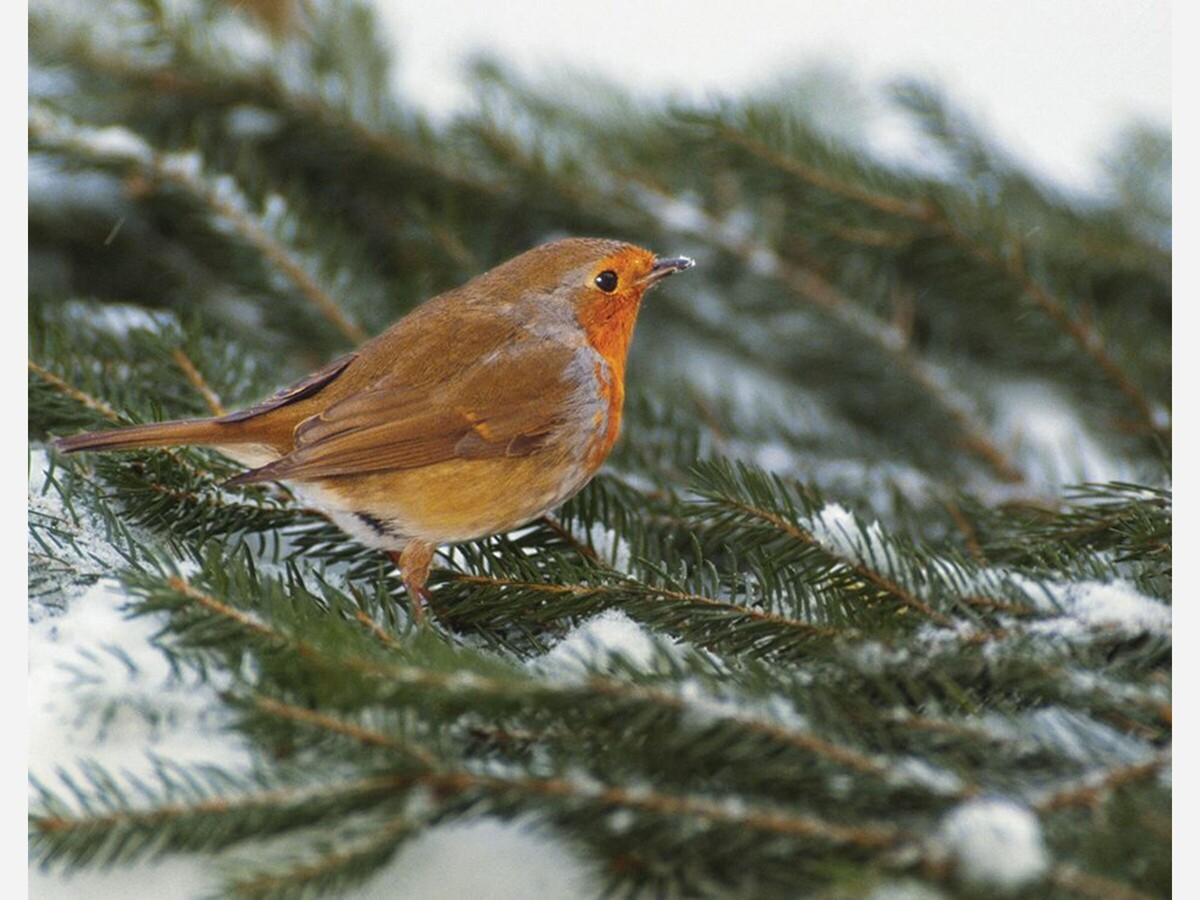Image

The arrival of winter forces everyone to confront the changes synonymous with the season, and local wildlife is no exception. Low temperatures, harsh winter storms and a scarcity of food can make it challenging for wildlife, including birds, to thrive throughout the winter.
Even though several species of birds are migratory and travel to warmer climates to wait out winter, many others stay put. The Audubon Society says that keeping close to home helps some species of birds maintain their territories.
Some birds will puff up to retain heat; others will seek shelter in dense foliage or cavities to avoid the elements. Many birds will huddle together to share warmth.
Another way of keeping warm is building up fat as an insulator and energy source. The Audubon Society says more than 10 percent of some birds' winter body weight may be fat. That can be challenging to maintain when common sources of food, such as insects and berries, disappear as winter wears on. This is when some human intervention can prove handy, advise ornithologists. A few simple efforts may benefit birds and other wildlife that may not hibernate winter away or escape to the tropics.
Find feed and bird feeders in Saline at
Wild birds can benefit from some help when the temperatures start to drop in winter.